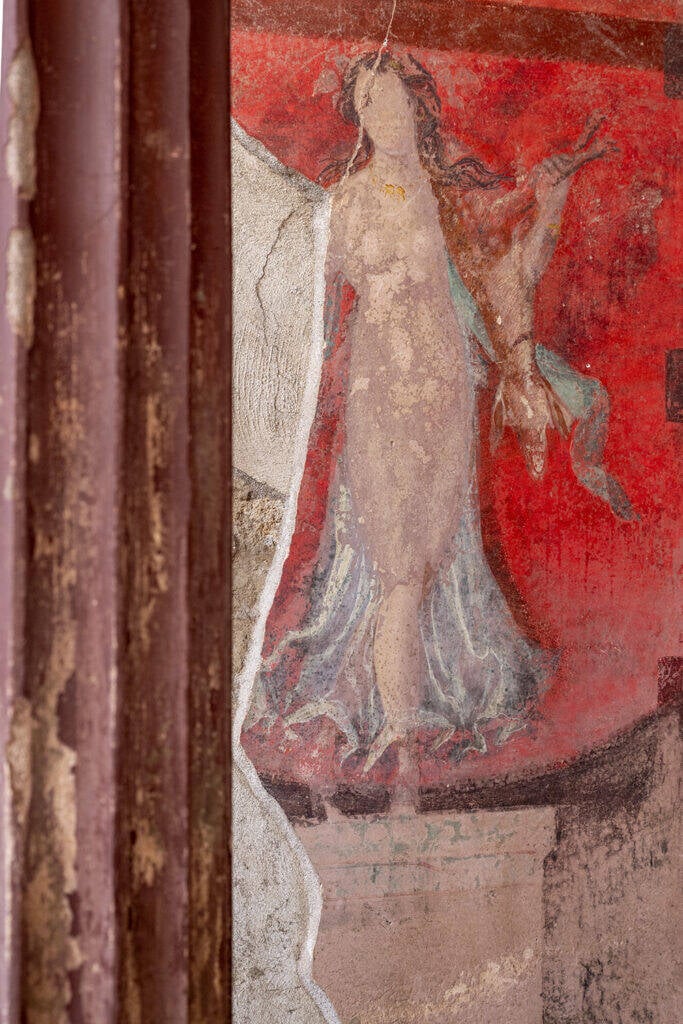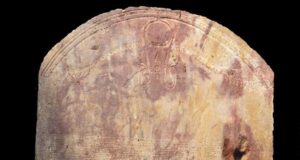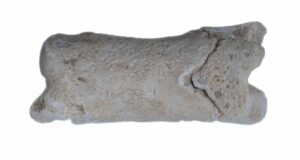“Unearthing Extravagance: Pompeii’s Hidden Banquet Hall Reveals Vibrant Frescoes of Ancient Rituals—What Secrets Lie Beneath the Paint?”
What would history say if walls could talk—especially if they chatted among three massive frescoed walls in Pompeii’s House of Thiasos? Imagine walking into a banquet hall, the vibrant colors of life-size paintings swirling around you, each depicting wild celebrations, secret rites, and perhaps even a dance-off of sorts dedicated to Dionysus, the god of wine and revelry. These frescoes, stemming from 40 B.C.E., were buried under layers of ash from the catastrophic eruption of Mount Vesuvius in 79 C.E., only to be unveiled nearly 2,000 years later! The scenes captured here transcend mere decoration; they imbue the space with stories of initiation rituals that combined the thrill of dancing, the thrill of the hunt, and, let’s face it, the not-so-fun business of animal sacrifice. So, how does it feel to gaze upon these artifacts of a vibrant culture long gone? It’s kind of like peeking through a time portal, right? In this article, we’ll dive into the significance of these remarkable frescoes and what they reveal about the ancient world!
Covering three walls of a massive room inside the House of Thiasos, these life-size paintings depict the Mysteries of Dionysus, initiation rites for his followers that included dancing, hunting, and animal sacrifice.

Pompeii Archaeological ParkA view of the banquet hall with elaborate frescoes inside Pompeii’s House of Thiasos.
The Pompeii Archaeological Park has just announced the discovery of a frescoed banquet hall inside the so-called House of Thiasos. These life-size wall paintings feature lively scenes of Roman revelry linked to the secretive rituals of Dionysus, the god of wine and festivity.
Dating back to 40 B.C.E., these vibrant frescoes stood for more than a century before the catastrophic eruption of Mount Vesuvius in 79 C.E. left Pompeii in ruins. And now, nearly 2,000 years later, they have been unveiled once more.
Frescoes Depicting Dionysian Rituals Discovered In A Pompeii Banquet Hall

Pompeii Archaeological ParkThe banquet room features Dionysian frescoes on three of its walls.
The frescoed banquet hall was found in the Regio IX area in central Pompeii, inside the newly-named House of Thiasos. During the eruption of Mount Vesuvius, the house was buried under ash and rock.
The disaster claimed the lives of thousands of Roman citizens and destroyed the city of Pompeii, leaving it largely lost to history until it was rediscovered by archaeologists in the 17th century.
Centuries of excavations since then have uncovered thousands of artifacts, sets of human remains, and pieces of structures, including everything from frescoes of an ancient pizza to a luxurious thermal spa. Now, the stunning banquet hall at the House of Thiasos has just been added to the list as the latest groundbreaking discovery at Pompeii.

Italian Ministry of CultureThe restored ornamentation on the banquet walls.
The banquet hall’s three walls (the room opened out into a garden on one side) are covered in ornate frescoes featuring vibrant red backdrops. These frescoes are in the Second Style of Pompeian painting, dating back to 40 – 30 B.C.E. This means that, by the time Mount Vesuvius erupted, this house would have been more than a century old.

Italian Ministry of CultureAn illustration of how the banquet hall may have looked prior to the eruption.
The frescoes themselves are believed to be part of the Mysteries of Dionysus, depictions of initiation rituals for the cult that worshipped this god of wine, theater, and fertility. In ancient Rome, cults dedicated to various gods often operated with secrecy. Their rituals were mysterious and exclusive, offering the promise of blessings and access to the afterlife for their followers.

Pompeii Archaeological ParkThe frescoes include hunting scenes as well as dancers engaged in a Dionysian ritual.
But what do the newly-unearthed frescoes reveal about the Dionysian rituals? Based on the depictions of dancers, hunters, and wine drinking, it seems these ceremonies were lively and full of joyful celebration, albeit with an element of grisly animal sacrifice as well.
Inside The Secret Initiation Rites Known As The Mysteries Of Dionysus

Pompeii Archaeological ParkFrescoes of dancers enjoying a moment of religious ecstasy.
In a fitting tribute to the god of wine and festivity, Dionysus is depicted in the recently-unearthed banquet hall frescoes as the ultimate party guest.
In one fresco, figures dance while hunters lug slain goats over their shoulders. In another, a satyr plays the flute while other figures drink wine from a horn. And the center of one fresco shows a young female initiate as she prepares to dedicate herself to the cult of Dionysus.

Italian Ministry of Culture Panels of the frieze showing a hunting scene.
All of the figures are painted on pedestals as if to portray them as statues worthy of reverence. However, their expression, clothes, and actions make them appear very lifelike. Their placement in a banquet hall also likely served to set the mood for visitors to the home.














